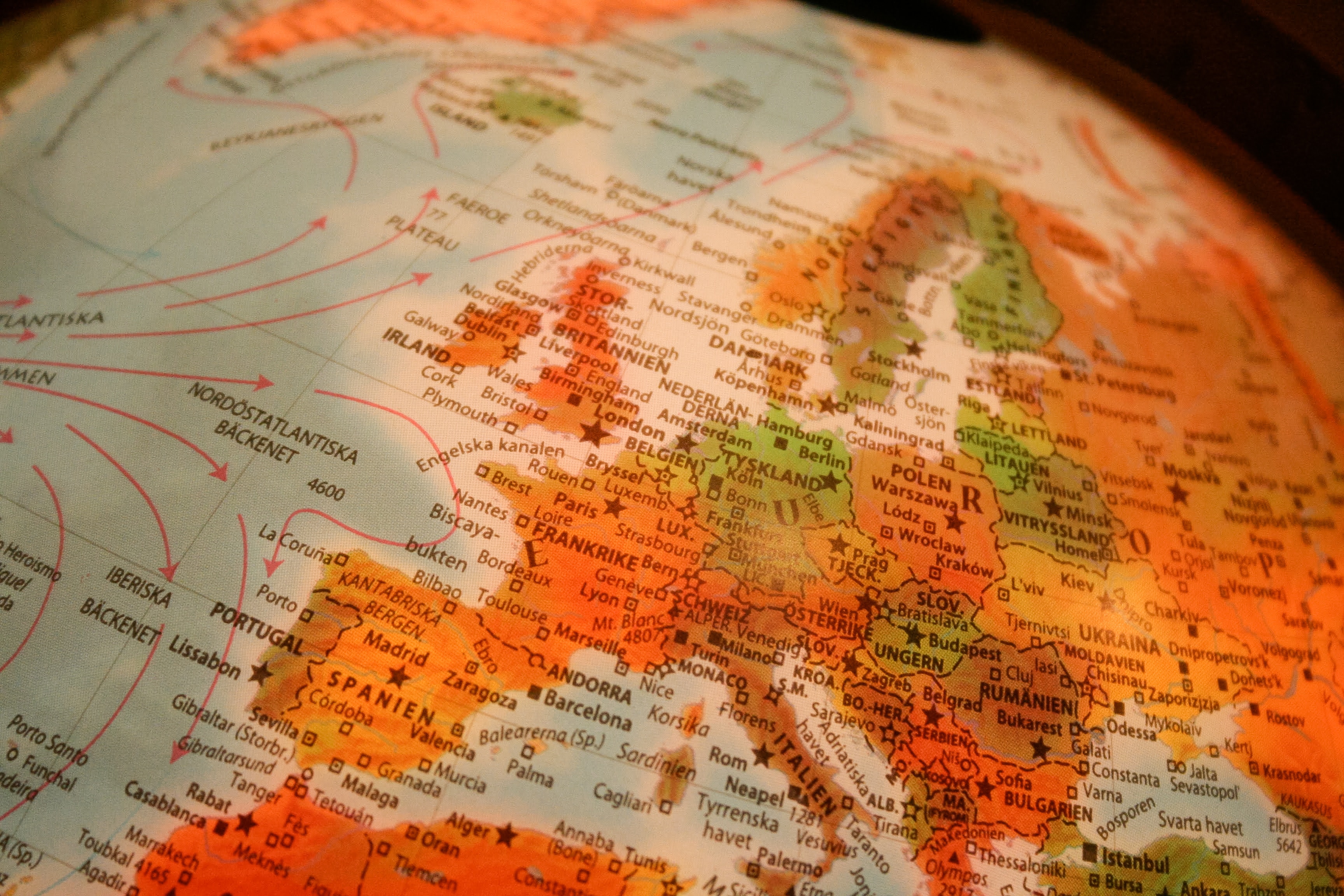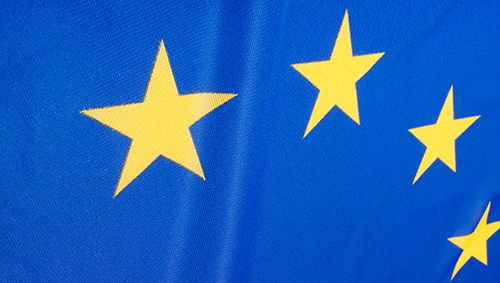The Nordic countries and economic integration
As small, open economies, all the Nordic countries (Denmark, Finland, Island, Norway and Sweden) have been well integrated in the regional and international economy. There have been moves to further intra-Nordic integration, such as, the NORDEK project in 1960s and the establishment of Nordic companies. Each of the five countries has had differing economic relationships with Europe, with Finland currently being the only country to have adopted the euro, and Iceland and Norway the only Nordic countries not to have become members of the EU.

Intra-Nordic economic co-operation
Economic interaction and co-operation between the Nordic countries has been vigorous. Trade between the Nordic countries has been extensive and a significant share of foreign direct investments from any one Nordic country has gone to another Nordic country. Also, intra-industry trade, i.e. exports and imports of the same type of products, have been common.
The promotion of deeper Nordic economic integration has repeatedly been on the agenda. One of the most famous ideas was the plan for a Nordic customs union, the so-called NORDEK plan of 1968. This plan came to nothing when it turned out to be impossible for Finland to join due to the country’s sensitive position during the Cold War era. Although the NORDEK plan was not realized, there were extensive efforts to improve Nordic economic integration, especially by promoting foreign direct investments between the countries and increasing labour market mobility. These efforts had visible effects. Nonetheless, the integration between the Nordic countries became especially vigorous after the trend for globalisation quickly became increasingly influential. For example, in the 1990s, some spectacular cross-border mergers occurred, best exemplified by the formation of the banking group Nordea, which was the result of mergers between several national banks in Finland, Sweden and Denmark. Some purely Nordic firms exist, e.g. the air carrier Scandinavian Airline, SAS, which is owned by a consortium consisting of the Norwegian, Danish and Swedish states and some large private investors.
The Nordic countries and European Economic Integration
As they are small, open economies, all the Nordic countries have been well integrated in the international economy. The countries have adopted somewhat different solutions when it comes to European political and economic integration, however. Norway and Denmark were more integrated into Western Europe after the end of the Second World War than Finland, Iceland and Sweden. All the Nordic countries participated in the European Free Trade Area (EFTA), which was established in 1960. Denmark, Sweden and Norway were members from the start, while Finland joined in 1961 as an associate member for political reasons. In 1986, Finland became a full member. Iceland became a member in 1970.

The Nordic countries have adopted different solutions when it comes to European political and economic integration.
The different paths and strategies towards European economic integration and the common market became especially visible after the 1970s; Denmark joined the EEC in 1973, when the country also left EFTA. Norway had plans to join the European Community in the late 1960s, which affected especially the NORDEK affair, but after a referendum in 1972, it opted to remain outside the EC and has continued to do so. Sweden and Finland did not aim for full membership in the 1970s, but both countries signed free trade agreements with the EEC in the early 1970s. Finland also developed extensive trade relations with the Soviet Union in the post-war decades and signed trade agreements with Comecon, the economic bloc of the socialist countries.
Swift changes occurred in the early 1990s. In 1992, the EFTA countries which remained outside the European Union except for Switzerland (including notably Iceland and Norway) established the so-called European Economic Area (EEA) giving them access to the EU’s Single Market. On the other hand, Finland and Sweden applied for full membership to the EU later the same year and became full members in 1995. The role of the EEA diminished at the same time. Nonetheless, the EEA still allows Iceland, Liechtenstein and Norway to participate in the EU’s internal market without having conventional EU membership. In 2009 Iceland applied to become a member of the EU, but the country withdrew the application in 2015.
Finland is the only Nordic country which is a member of the European monetary union and has adopted the euro. Denmark and Sweden have opted out and kept their own currencies. The Swedish Krona is a free floating currency, while the Danish Krone is fixed and pegged to the euro. The debate about joining the monetary union continues in Sweden, but no strong support for abandoning the Swedish Krona exists. According to proponents, Sweden is in principle expected to join the monetary union as the country does not have a formal exemption from joining.
Further Reading:
- Juhana Aunesluoma & Susanna Fellman, (eds.), Från olika till jämlika. Finlands och Sveriges ekonomier på 1900-talet [From different to equal. The economies of Finland and Sweden in the 20th century] (Helsingfors: Svenska Litteratursällskapet i Finland, 2006).
- Lasse Sonne, Nordek – A plan for Increased Nordic Economic Co-operation and Integration 1968-1970, Commentationes Scientiarium Socialum 68 (Helsinki: Finnish Society of Science and Letters, 2007).
- Suvi Kansikas, “’Nordek is an Anti-Soviet Group’ The Soviet Attitude to Finnish Participation in the Nordic Plan”, in Jan Hecker Stampehl (ed.), Between Nordic Ideology, Economic Interests and Political Reality - New Perspectives on Nordek Helsinki (The Finnish Society of Science and Letters: 2009), pp. 109-122.
- Torben M. Andersen et al., The Nordic Model. Embracing globalization and sharing risks (Helsinki: ETLA B, 2007).
External Links:
- 'The Nordek Treaty' i EFTA Bulletin, April 1970', danmarkshistorien.dk (in english with introduction in Danish).